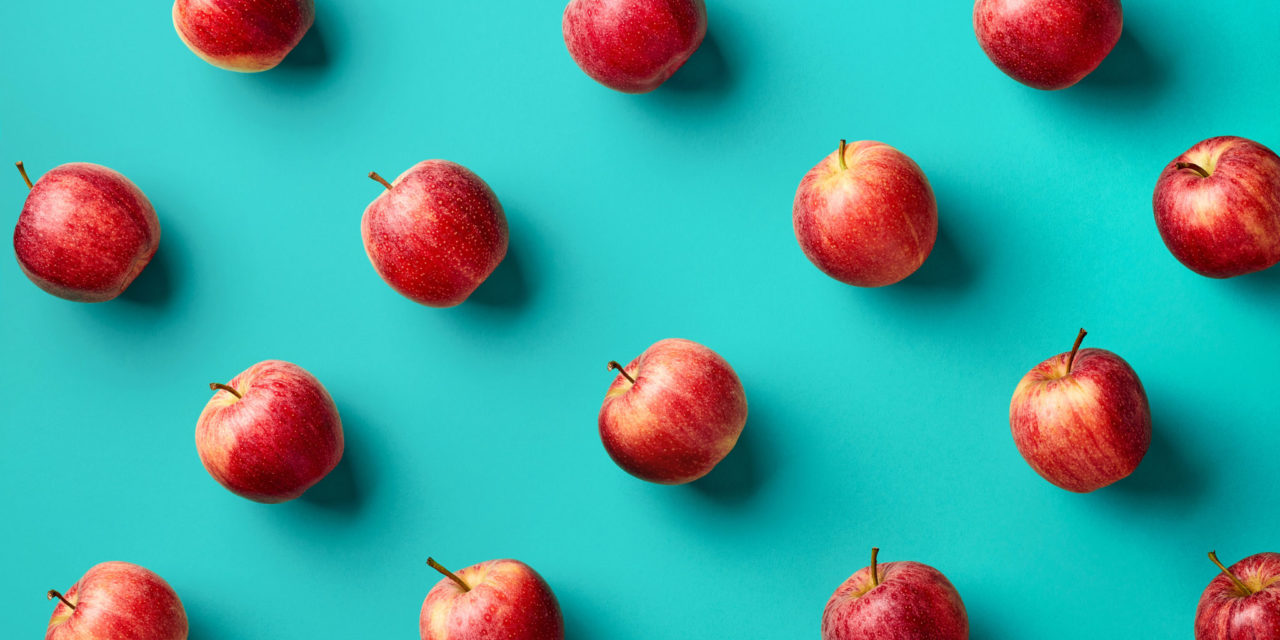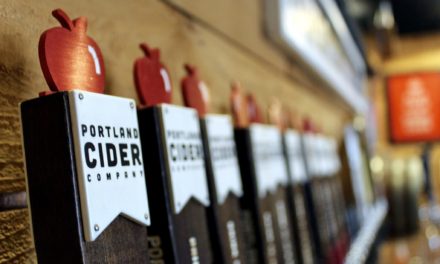While American cider is a broad category with many different styles, the volume sellers are all objectively sweet. This leads some consumers to conclude that every cider on the market is equally sweet. Nothing could be further from the truth, of course. Then there are the cider companies that label a cider “dry” even though it contains a significant (and obvious) amount of sugar. Couple this with the reality that many consumers don’t really understand what’s meant by “dry,” and cider finds itself with a bit of an image problem.
In fall 2017, members of the New York Cider Association decided there had to be a way to better educate consumers about dryness/sweetness. Their solution? An easy to understand graphic scale that could be employed on bottles to give consumers an idea of what to expect from the cider inside. Most important, they wanted to base the scale on objective, measurable criteria, not just a reasonable guess.
Fortunately, one of the hubs of university-level cider research is at Cornell in Ithaca, N.Y., and one of the cidermakers in the room was Dr. Ian Merwin, a Cornell emeritus professor of horticulture as well as orchardist and owner (with his wife, Jackie) of Black Diamond Cider. Merwin and a group of Cornell scientists, including Chris Gerling in Cornell’s department of food science, set to work.
Their jumping off point was the Riesling Scale, developed and promoted by the International Riesling Foundation starting in 2008. This scale is based on defined ratios of total acid and total sugar, with adjustments made based on a wine’s pH, a reflection of the chemical strength of its collection of acids. Sugar can decrease one’s sense of acidity—and vice versa—thus, a person’s perception of the dryness of a wine (or anything else) will be impacted by the balance between those two elements.
As ciders have a less diverse acid profile than wine, the team believed it would be unnecessary to make adjustments based on pH. But, unlike riesling, ciders come with a wide range of tannin content, whether from the apples themselves or barrel fermentation/aging. The presence of tannin can decrease the perception of sweetness, though the science around the phenomena is much less well understood.
Using what could be gleaned from the scientific literature, and after employing a number of experienced tasting panels, the cider team developed what they are calling an Orchard-based Cider Dryness Scale that, they believe, will be applicable to any cider made from apples alone. The scale of dry, semi-dry, semi-sweet, and sweet is based on the cider’s sugar/acid ratio and arranged on a horizontal graphic. Then, based on a cider’s amount of total tannin, the notation of where it falls on that scale is adjusted toward the dryer end. The more tannin, the larger the adjustment.
Proof of concept was achieved quickly, and continuing work on validation with more ciders and additional professional tasting panels is currently being conducted at both Cornell and Enartis Laboratories in California. Jenn Smith, executive director of the association, who’s working with legal counsel to obtain a certification mark, believes the scale will be ready for use by the end of the year, or sooner, though refinements will continue to be made over time. It should prove to be a useful tool for the ever-growing cider category.











